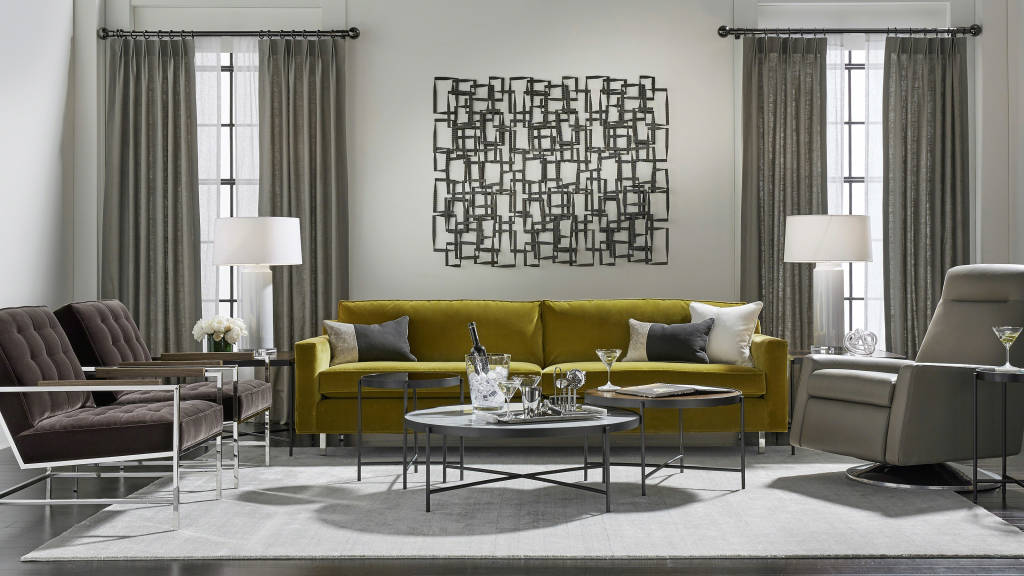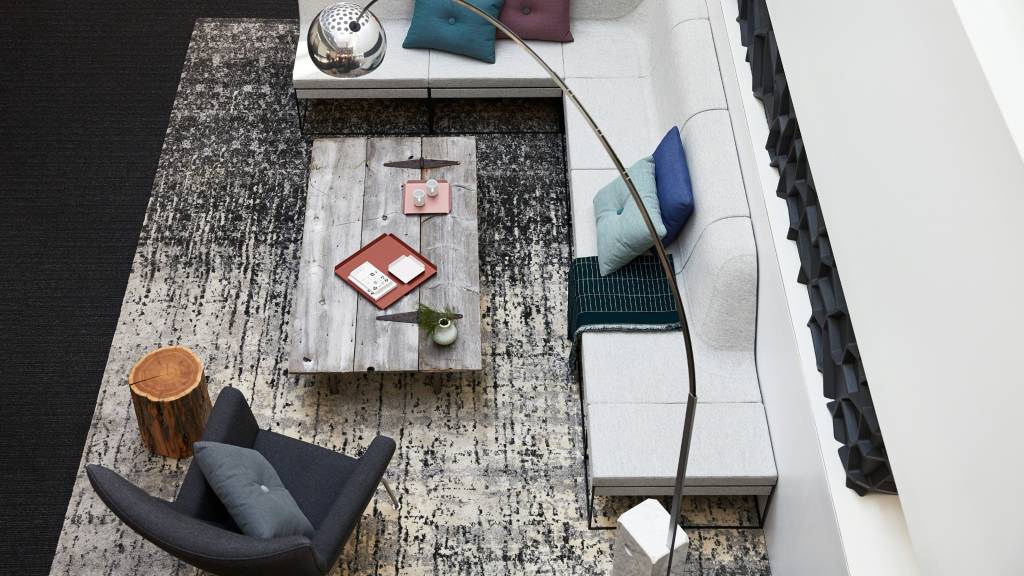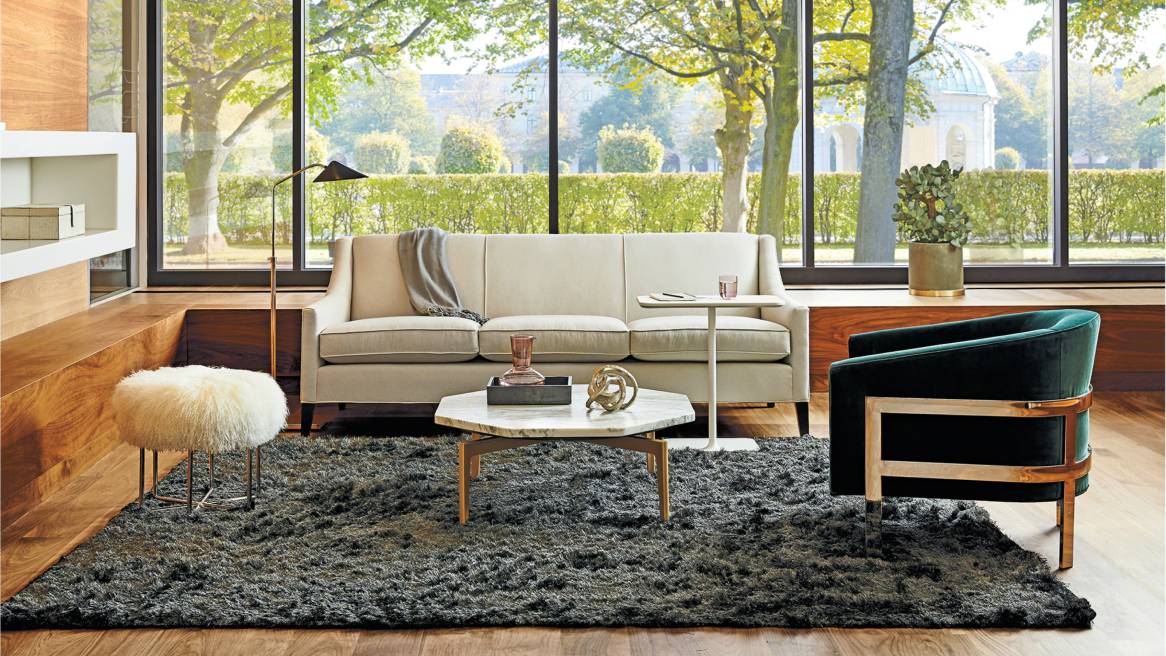Bringing Hygge to the Office
New partnerships are helping to bring the comforting Danish concept of ‘hygge’ to the office.
By Paul Sanders, director, strategic projects, Steelcase Europe, Middle East and Africa
The Danish concept of hygge is gaining a lot of attention in the mainstream media — first in the UK (Country Living, BBC) and then spreading to the US (The New Yorker, New York Times). This is partly because the rest of the world is fascinated with why Danes seem so happy despite long, unforgiving winters. While the French made famous the concept of “Bon Vivant” (enjoying life, eating well, etc.) and the Italians are credited with the “Slow Movement” (e.g. slow food), it’s the Danes who have really perfected the art of coziness.
At Steelcase, we recently entered into new relationships with Blu Dot, a Minneapolis-based designer and maker of modern furnishings, FLOS, an Italian global leader in lighting design, and Mitchell Gold + Bob Williams, a premiere manufacturer of high-quality, comfortable hospitality and commercial furniture, to offer broader choice and convenience for designers looking to bring the comforts of home and the concept of hygge to the office. With a 105-year history in work, workers and the workplace, Steelcase is able to bring its expertise in the work environment together with new partners to provide more choices for inspiring, informal experiences where people want to work.
What Is Hygge?
For those unfamiliar with hygge (pronounced HOO-gah), there is no simple way to translate it. In fact, translator ToveMaren Stakkestad has written, “Hygge was never meant to be translated. It was meant to be felt.” Nevertheless, this interpretation from hyggehouse.com encapsulates the feeling well.
“Hygge is a Danish word used to acknowledge a special feeling or moment. It can be alone or with friends, at home or out, ordinary or extraordinary, but it is always cozy, charming or special. Hygge literally only requires consciousness, a certain slowness, and the ability to not just be present — but recognize and enjoy the present.”

The word “hygge” is derived from the Norwegian word for “wellbeing.” There are similar concepts in other cultures. The feeling of gemütlichkeit has a close meaning in German. The most similar Dutch concept is gezelligheid. The central themes for all of these, regardless of origin, is a feeling of wellbeing, comfort or coziness, and often, a sense of belonging and community.
Why Does Hygge Matter?
There’s mounting evidence that the Danish way of life benefits people. The 2016 World Happiness Report commissioned by the United Nations ranked Danes as the happiest nation on earth. There are, of course, many reasons for this including a healthy economy, stable and near full employment and one of the best education systems in the world. The quality of life in Denmark’s cities makes a huge impact as well. Mercer’s Quality of Living rankings placed Copenhagen ninth in the world for liveability.
HOW A HYGGE OFFICE IMPACTS THE WORKPLACE
You may be asking, what does all this have to do with designing workplaces people will love? The design of the physical space, whether it’s the living room in your home or the enclave in your office, is crucial to fostering this sense of comfort and wellbeing. In today’s workplace, people are seeking inspiring spaces that make them want to come to work. Organizations are focusing on the holistic wellbeing of their people— supporting how people feel emotionally and physically and how they work to solve problems.
Scandinavian designers are famous for helping families around the world create these comforting places in their homes. Now, through the power of collaboration, Steelcase and its partners, are making it easier for organizations to create hygge offices that blur the lines between work and home where people can unleash their best thinking.

How Hygge Supports Wellbeing
Steelcase research has identified today’s workplaces are an underutilized tool that can support employee wellbeing. At the same time, the work environment may be unintentionally impeding collaboration (more than 40 percent of U.S. workers are unable to work in teams without being interrupted) and innovation.
Here are some ways a hygge office enhances employee wellbeing:
1. Provides more comfortable places where employees can work, meet and socialize
2. Promotes movement as well as a variety of different postures (standing, lounging, perching) supporting physical wellbeing
3. Supports emotional and cognitive wellbeing by giving people places to concentrate without distractions or the chance to rejuvenate
How Hygge Supports Collaboration
Many large global organizations are asking people to leave home offices and come back to the workplace. They know collaboration can improve creativity and speed up innovation. But, if people come back to the same traditional environment with closed offices and high partitions, how can we expect a more collaborative culture?
Here are some ways a hygge office promotes collaborative work:
1. Provides inspiring and comfortable spaces away from traditional workstations
2. Encourages chance encounters and face-to-face communication that build a closer-knit community and can improve productivity. These planned or unplanned moments help employees know and trust one another — a critical foundation for working together effectively.
3. Creates intimate meeting spaces for informal gatherings that can lead to more meaningful conversations and increased participation in discussions
Inspiring spaces can also be used as a tool to help shift corporate culture because place shapes how people behave and behavior over time is culture. All this can lead to greater employee engagement which has an impact on the bottom line (see Engagement and the Global Workplace).
As we begin to rethink our work environments, maybe we can take some lessons from the Danish way of life. We can apply them in the context of workplace design to increase smiles around the office and enhance employee wellbeing. Find out more about the collaboration between Steelcase and its new partners, Blu Dot, FLOS and Mitchell Gold + Bob Williams.
Paul Sanders is a director, strategic projects, in Steelcase Europe, Middle East and Africa where he has led business innovation and sales effectiveness and is now overseeing strategic partnerships to strengthen Steelcase’s product offering. Paul is passionate about the role that the workplace plays in supporting wellbeing and in fostering collaboration and innovation. Paul has an MBA from INSEAD and a background in strategy and transformation consulting.


